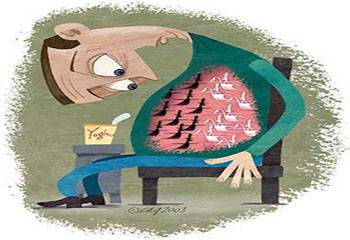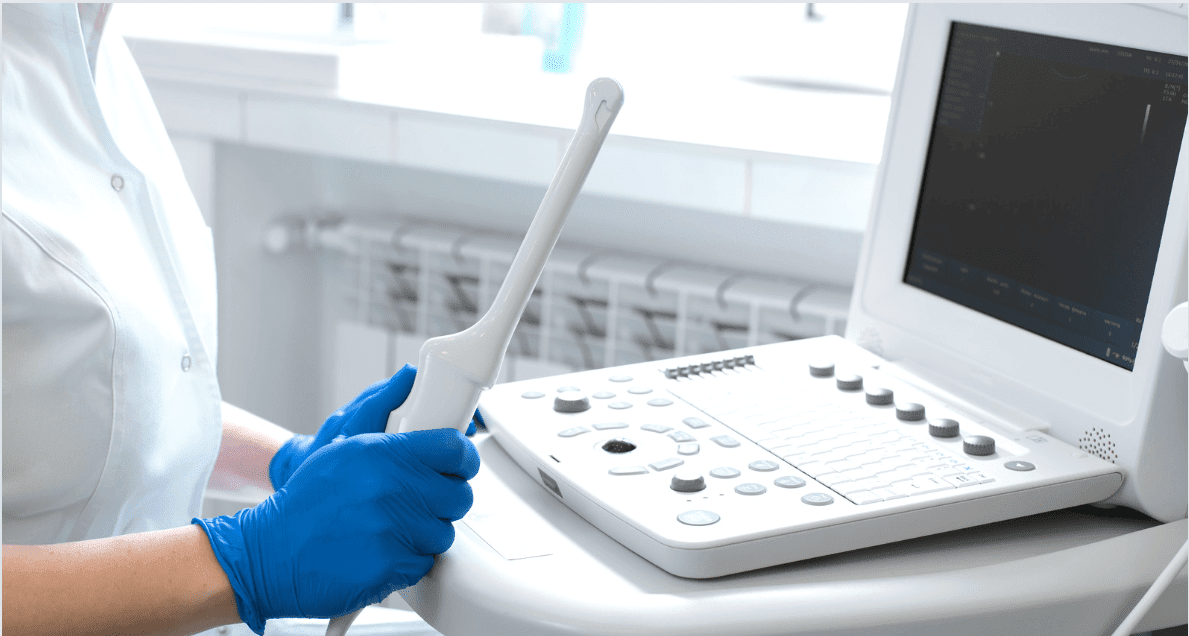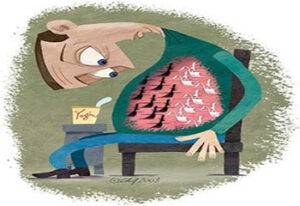Recurrent vaginal thrush, also known as Recurrent Vulvovaginal Candidiasis (RVVC), is a frustrating condition that affects many women. RVVC is typically defined as three or more episodes of vaginal thrush within a year, confirmed by a culture (vaginal swab test). Various factors, including hormonal changes, immune responses, and imbalances in the vaginal microbiome, can influence this condition.
In this blog post, I will delve into the intricate details of RVVC, exploring the role of hormones, the immune system, histamine receptors, its link with endometriosis, and what you can do about it.
What is the Vaginal Microbiome?
The vaginal microbiome refers to the community of microorganisms, primarily bacteria, that reside in the vagina. This microbiome is unique compared to other microbial communities in the body, and it typically has low diversity. The dominant bacteria in a healthy vaginal microbiome are Lactobacillus species, which help maintain an acidic environment in the vagina. This acidity is crucial for preventing infections and maintaining overall vaginal health.
Symptoms of Recurrent Vaginal Thrush (RVVC)
Recurrent vaginal thrush symptoms can significantly impact a woman’s quality of life and can be quite distressing, particularly when they recur frequently. The symptoms of RVVC include:
- Itching: Persistent itching in the vaginal and vulvar area.
- Burning Sensation: A burning feeling, especially during urination.
- Redness and Swelling: Inflammation and swelling of the vulva and vaginal area.
- Thick, White Discharge: Often described as resembling cottage cheese (although not all women with RVVC get this).
- Pain during Intercourse: Discomfort or pain during sexual activity.
Triggers of Recurrent Vaginal Thrush Episodes
RVVC can be triggered by various factors, which often interplay to create an environment conducive to Candida overgrowth. Some common triggers include:
- Hormonal Fluctuations: Changes in hormone levels, particularly oestrogen, can affect the vaginal microbiome and make the environment more susceptible to Candida overgrowth. This often occurs during the menstrual cycle, pregnancy, or with the use of hormonal contraceptives.
- Antibiotic Use: Antibiotics can disrupt the balance of beneficial bacteria in the vagina, reducing the protective Lactobacillus species and allowing Candida to proliferate.
- Immune System Compromise: A weak or dysfunctional immune system can increase the risk of RVVC.
- High Sugar Diets: A diet high in sugar and refined carbohydrates can promote Candida growth.
- Tight Clothing: Wearing tight, non-breathable clothing and underwear can create a warm, moist environment that encourages yeast growth.
- Stress: Chronic stress can weaken the immune system and disrupt hormonal balance, contributing to recurrent infections.
- Sex: Sexual activity can be a trigger for RVVC due to physical irritation, changes in pH balance, and the potential introduction of new microorganisms. Male partners can also transmit Candida to women, potentially contributing to recurrent vaginal thrush.
The Vaginal Microbiome and Hormonal Influences
The vaginal microbiome is unique because it typically has low diversity, dominated by Lactobacillus species. These beneficial bacteria help maintain an acidic environment in the vagina, which is crucial for preventing infections. Estrogen plays a pivotal role in maintaining this balance by influencing the thickness and health of the vaginal epithelium and stimulating the production of glycogen in the vaginal epithelial cells. Glycogen serves as a nutrient for these beneficial bacteria, which produce lactic acid to maintain the acidic pH of the vagina and inhibit the growth of pathogenic organisms.
However, the same oestrogen-driven glycogen production can also fuel Candida species, leading to overgrowth and infection. When oestrogen levels fluctuate, such as during ovulation or just before menstruation, the balance of the vaginal microbiome can be disrupted. These peaks in oestrogen can trigger Candida overgrowth, resulting in symptoms of vaginal thrush.
Histamine Receptors in Recurrent Vaginal Thrush and Other Vaginal Conditions
Interestingly, histamine receptors are abundant in the vaginal tissues and play a significant role in the immune response and inflammatory processes. Think of recurrent vaginal thrush as the hay fever of your vagina! Histamine receptors in the vaginal tissues play a significant role in RVVC by modulating the immune response and causing inflammation. High histamine levels, often fuelled by high oestrogen states such as those seen in endometriosis, can suppress immune cells that normally keep Candida in check, leading to overgrowth. This increased histamine triggers heightened inflammation and irritation, exacerbating symptoms like itching, redness, and discomfort, and making the vaginal tissues more sensitive. Additionally, elevated histamine levels can worsen other vaginal conditions, such as bacterial vaginosis, vulvodynia, vulvar dermatitis, and pain during sex (dyspareunia).
Recurrent Vaginal Thrush and Endometriosis
There is also a noteworthy relationship between RVVC and endometriosis. Women with endometriosis may have an altered immune response, histamine issues, and hormonal imbalances, all of which can increase susceptibility to RVVC. The inflammatory environment created by endometriosis can also disrupt the vaginal microbiome, reducing the protective Lactobacillus species and allowing Candida overgrowth. Additionally, the chronic pain and stress associated with endometriosis can weaken the immune system, further predisposing these women to recurrent infections, including RVVC.
Diagnosing and Managing Recurrent Vaginal Thrush (RVVC)
Diagnosing RVVC involves confirming Candida overgrowth through cultures and microscopy. Treatment typically includes antifungal medications, but the recurrent nature of the condition often requires a deeper investigation into hormonal and immune factors, which most standard doctors are not doing at the moment.
Diagnostic Criteria
The diagnostic criteria for RVVC include having at least three or four episodes of recurrent vaginal thrush within a 12-month period. At least one of these episodes must be confirmed by culture, demonstrating the presence of Candida species, usually Candida albicans. It is also important to differentiate idiopathic RVVC from cases associated with specific triggers, such as antibiotic use or underlying health conditions like diabetes or immunodeficiency.
Testing for Recurrent Vaginal Thrush
For the diagnosis of recurrent vaginal thrush, a combination of microscopic examination and vaginal culture is often recommended. PCR testing can be a valuable addition in complex cases or where rapid and detailed results are needed. Each method has its pros and limitations, and the choice of test should be guided by clinical context and available resources. Most mainstream labs offer this testing via your doctor, but Vaginal Microbiome Profiles offered by several private facilities tend to be far more comprehensive, allowing for a more tailored treatment strategy.
Holistic Approaches to Treatment
Holistic approaches can be particularly effective for idiopathic cases of recurrent vaginal thrush, where the cause is not linked to obvious triggers. These approaches may involve diet and lifestyle changes, natural medicine supplements, and stress management techniques to support a balanced vaginal microbiome and immune function. For example:
- Dietary Changes: Reducing sugar, refined carbohydrates, and high-histamine foods can help prevent Candida overgrowth.
- Hormone Modulation: Supplements that help the liver process oestrogen more effectively and those that help stabilise oestrogen can help mitigate the risk of an episode starting in high-risk periods (such as around ovulation and your period). My go-to’s for this are bio-identical (micronised) progesterone and calcium d-glucorate.
- Oral and Vaginal Prebiotic & Probiotic Supplements: Prebiotics and probiotics can help restore the balance of beneficial bacteria in the vagina.
- Natural Medicines: Vaginal pessaries and creams can help balance the vaginal pH, kill off excess Candida, and strengthen the epithelial lining of the vagina. Some of the nutrients that can be included in these delivery systems include allicin (from garlic), zinc, boric acid, lactic acid, and green tea.
- Stress Management: Chronic stress can impact the immune system, making the body more susceptible to infections. Stress management techniques such as yoga, meditation, and deep breathing exercises can support overall health and immunity.
Long-Term Management of Recurrent Vaginal Thrush (RVVC)
Managing RVVC over the long term requires a multifaceted approach that addresses the underlying hormonal, immune, and microbial factors. Here are some strategies that can help:
- Hormonal Management: Understanding and managing hormonal fluctuations can play a key role in preventing RVVC. For women experiencing recurrent thrush linked to their menstrual cycle.
- Immune Support: Supporting the immune system is crucial for preventing recurrent infections. This can involve maintaining a healthy diet, managing stress &. working on gut health. As well as addressing any underlying health conditions that may compromise immune function.
- Microbial Balance: Maintaining a healthy vaginal microbiome is essential for preventing Candida overgrowth. This can be achieved through the use of vaginal prebiotics and probiotics, avoiding unnecessary antibiotics, and practicing good personal hygiene.
- Lifestyle and Environmental Factors: Certain lifestyle and environmental factors can contribute to RVVC. Wearing breathable, preferably organic cotton underwear, avoiding soap, and any fragranced products around your genitals can help maintain vaginal health.
Conclusion
Recurrent vaginal thrush is a complex condition influenced by hormonal cycles, immune responses, and the vaginal microbiome. If you’re struggling with recurrent vaginal thrush or other vaginal health issues, book a consultation with me. Together, we’ll uncover the unique drivers behind your symptoms and create a personalised treatment strategy to provide fast and effective relief.
For more information and to schedule your appointment, visit my booking page today. Let’s work together to restore your comfort and health!











